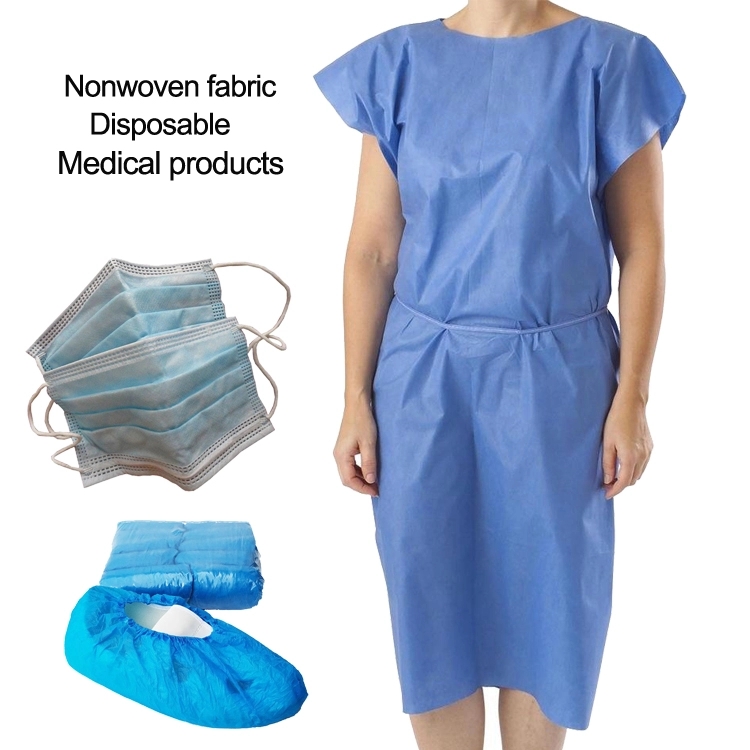More than half a century ago, when nonwovens were regarded as low-cost substitutes for traditional textiles, the term “nonwovens” became popular. However, today, non woven technology is the most modern method used in the branch of textile industry. Honorably, we will directly introduce about non woven fabric uses and related advantages of nonwovens in this article.
What Is Non-wovens?
Firstly, we have to know what non-wovens are? Actually, non-wovens consist of fibers, filaments or cut yarns that form webs by a variety of methods, including mechanical, chemical or physical methods (BSI, 2011). Typical examples include agricultural fabrics, rags, disposable laboratory coats, surgical clothing and road reinforcement. The types of fibers used to make nonwovens are usually polyethylene, polypropylene, polyester and viscose, although medical end-use items can be made of cotton.
How Non Woven Fabrics Process?
Nonwovens are usually made by putting small fibers together in the form of sheets or nets (similar to paper on paper machines). Then bind them mechanically. Like felt, they can be interlocked with serrated needles to make the friction between fibers produce stronger fabrics. Use adhesive or heat. Melt the adhesive onto the web by applying the adhesive and increasing the temperature. Generally, the adhesive is in the form of powder, paste or polymer melt.

Nonwoven Applies In Medical Industry
Non woven fabric uses have traditionally been for medical applications. However, we use medical products generally to maintain a high level of hygiene and avoid cross infection. Then why can non-woven fabrics be used for medical purposes? This is because that non-woven fabrics have relatively low production costs, versatility combined with various mechanical properties. In adition, It is easy handling, low lint and harmless to human body, non-toxic. At present, they have also made significant progress in the growing field of medical care and health applications. Well, let’s know the advantages of non wovens below.
Advantages Of Non-woven Fabrics
Nonwovens fabric can maintain its durability under wet and dry conditions. Meanwhile, it also can resist abrasion and is difficult to disassemble. When nonwoven is wet, it hardly absorbs any moisture. Hereby, list the advantages of nonwoven, and know it much more.
Light weight-
Polypropylene resin is the main raw material for production, its specific gravity is only 0.9, only three feet of cotton, with a fluffy feeling and good handle.
Non-toxic and non-peeling-
Products produced with FDA food-grade raw materials do not contain other chemical ingredients, have stable performance, are non-toxic, have no peculiar smell, and will not stimulate the skin.
Waterproof and breathable-
Polypropylene sheet does not absorb water and does not contain water. The finished product has good waterproof performance and is composed of 100% fiber. It is porous and has good permeability. It is easy to keep the cloth dry and easy to clean.
Antibacterial performance-
This product can remove water without mildew, and also can isolate the erosion of mold and bacteria without mildew.